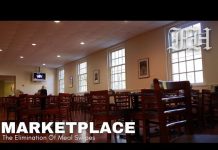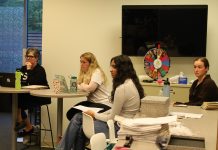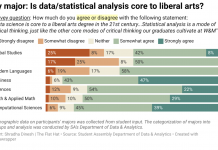In its most recent attempt to shrink its carbon footprint, the College of William and Mary introduced two Segways on campus to help better patrol the parking lots and grounds. These two-wheeled, self-balancing personal vehicles will help reduce fuel costs while providing parking staff greater ease while moving around campus.
“While going green was one of the biggest reasons why we purchased the Segways, our decision also had a lot to do with the nature of the business in terms of parking enforcement officers and how they need to get around campus,” Manager of Parking & Transportation Bill Horacio said in a press release. “The specific layout of this campus is more amenable to a Segway than an actual vehicle. They allow you to ride on pathways, walkways and bikeways that are not accessible to your everyday vehicle.”
From 2008 to 2010 the College improved its “Sustainability Report Card” grade from a D- to a B+. The Sustainable Endowments Institute issues the report card annually. Since receiving the poor grade in 2008, the College has made a concerted effort to improve its environmental record, and the introduction of Segways should help further the effort.
“I’m glad to see the administration keeping sustainability in mind, as we have quite a journey ahead of us,” Student Environmental Action Coalition Facilitator Jackie Carroll ’13 said. “I’m sure that SEAC, COS [the Committee on Sustainability] and William and Mary’s administration will continue to work together on issues like these, and I’m looking forward to the day when William and Mary joins the ranks of the most sustainable universities in the country.”
Although the Segways have numerous environmental benefits, one large concern is safety. The vehicles react to body movement and are highly sensitive to different terrains. The vehicles only reach up to 12 mph, but the rider stands upright and should wear a helmet and gloves at all times.
“The W&M campus goes from brick pavements, to hard sidewalks, to grass,” Horacio said in a press release. “It is extremely important to always be alert.”
Parking services used the vehicles during orientation and Convocation. Other departments may opt to borrow the Segways when necessary, as they may be helpful during events that bring a lot of traffic to campus.
Orientation aides had access to the futuristic vehicles, and some found the Segways more harmful than beneficial.
“The Segways were useful, but we also had some golf carts which I thought were more useful, safe and reliable,” Orientation Aide Director Molly Hahn ’12 said. “Segways can get a little finicky; they are definitely something we could’ve done without.”
Segways are one of several ecological initiatives the College has taken in recent years. Last year saw the planning stages of an Eco Village located in the Lodges to increase sustainability.


































